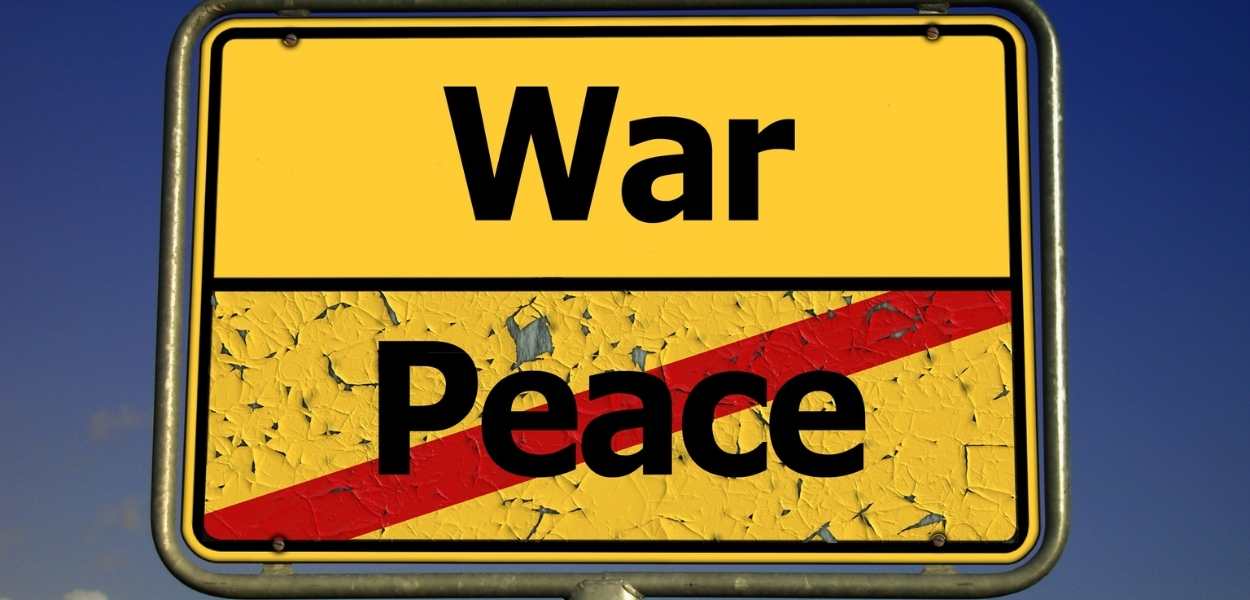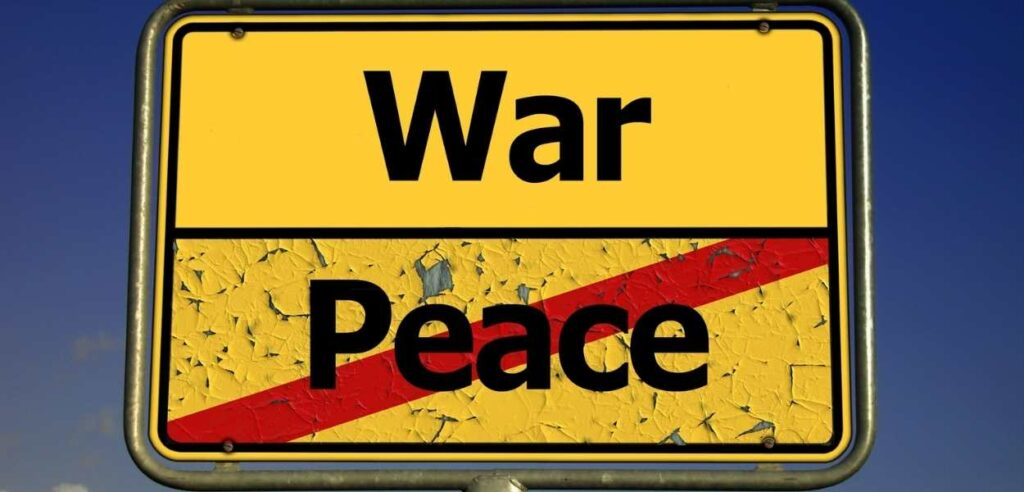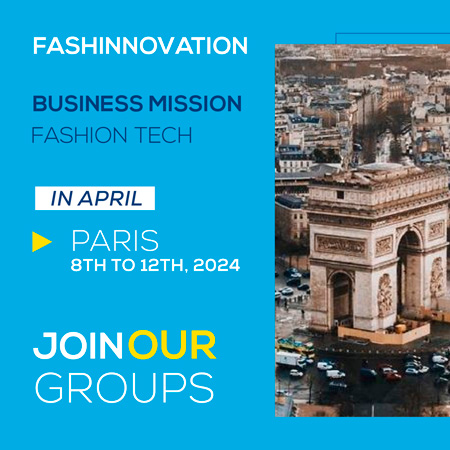Since the beginning of the attacks on Ukraine, the fashion industry has shown attitudes of repudiation of war. Fashion in Russia started to change and luxury companies closed their doors in the country, besides supporting Ukrainian refugees.
The protest in favor of the blue and yellow flag also reached the catwalks. On the Milan and Paris Fashion Weeks, designers used their voices to protest against the war.
Fashion in Russia: Brands Are Shutting Down
Even before the change in the fashion in Russia scenario, other industries took the lead and interrupted business in the country. Apple, Adobe, Airbnb, Google, Netflix… and the list goes on.
Indeed, some big luxury brands are no longer in Russia. However, the fashion industry was heavily criticized for its slow positioning. Only 10 days after the beginning of the conflict, “announcements of store closures on Russian soil are coming thick and fast, as well as donations and other initiatives in support of the people of Ukraine”, says the Malay Mail.
Hermès was the first luxury brand to publicly announce that it would close Russian stores in response to the invasion.
Chanel also paused operations in Russia, and Adidas suspended its partnership with the Russian Football Union.
LVMH, Kering and Richemont Group have also decided to temporarily shut their shops in Russia. The BBC says that “It follows calls from Ukrainian high-end stores to ‘stand up’ following the country’s invasion.”
Currently, the list of fashion brands and companies that have stopped operating in Russia has only grown. In fact, the actions now go beyond shutting stores.
Companies and industry agents such as Isabel Marant and LVMH donated to different entities to help war refugees.
All this change came from both economic and political pressure, even from agents within the industry. Vogue Russia took a stand against the war. And, of course, Vogue Ukraine also took a stand, but more than that, through a post on Instagram, it asked for an embargo on the activities. Marking a number of brands, the magazine made it clear that taking a side and attitude at that moment was a humanitarian issue.

Furthermore, Mercedes-Benz Fashion Week Russia, the biggest event in the sector in the country, canceled this edition. They announced on their Instagram that the everything that would take place from March 16th to 20th is not happening any more.
Milan Fashion Week & The Attack
Let’s remember the night of the 23rd to the 24th of February. Just hours after Milan Fashion Week began, Russia invaded Ukraine. The United Nations estimates that ultimately as many as 4 million people may leave Ukraine.
And, indeed, that happened.
Data shows that almost three million people have now fled Ukraine because of the Russian invasion. But we’re still counting. Every day we hear testimonies from families who are doing everything they can to get out of the country. Or even, of men who were forced to separate from their families because they could not leave the national soil. After all, they should enlist to fight a war they didn’t even want.
After the initial attacks, Ukrainian models, stylists and influencers participating in Milan Fashion Week protested. They requested that Russia stop the attacks on Ukraine.
An example is Giorgio Armani. He payed tribute to Ukraine suffering with silent show. No music played while models were at the catwalks.
Paris Fashion Week Wasn’t a Smokescreen
Ralph Toledano, president of the Federation de la Haute Couture et de la Mode (FHCM), released a statement on March 1st urging event attendees to “experience with solemnity the shows of the coming days.” and in reflection of those dark hours.”
A week later, after fashion week ended, Toledano told CNN that on the Sunday night before the first day of shows, he had two conflicting images in his mind. On the one hand, the emotion of fashion week’s return with live parades free of the pandemic. On the other, images of war and “a country being attacked in a very cruel and savage way… and people dying, and people suffering”.
In other words, it turns out to be even a bit contradictory, for an event with so much glamor to happen simultaneously and physically close to a war.
Unfortunately, many brands held their shows during the city of light fashion week without saying anything. Others used the moment to raise the flag against the Russian invasion. And, since Paris Fashion Week took place sometime after the stakes began, the protests were more elaborate and emphatic.
Isabel Marant
Stylist Isabel Marant wore a hoodie with the colors of the Ukrainian flag in her show. She also announced a donation to UNHCR (United Nations High Commissioner for Refugees) and UNICEF (United Nations Children’s Fund).
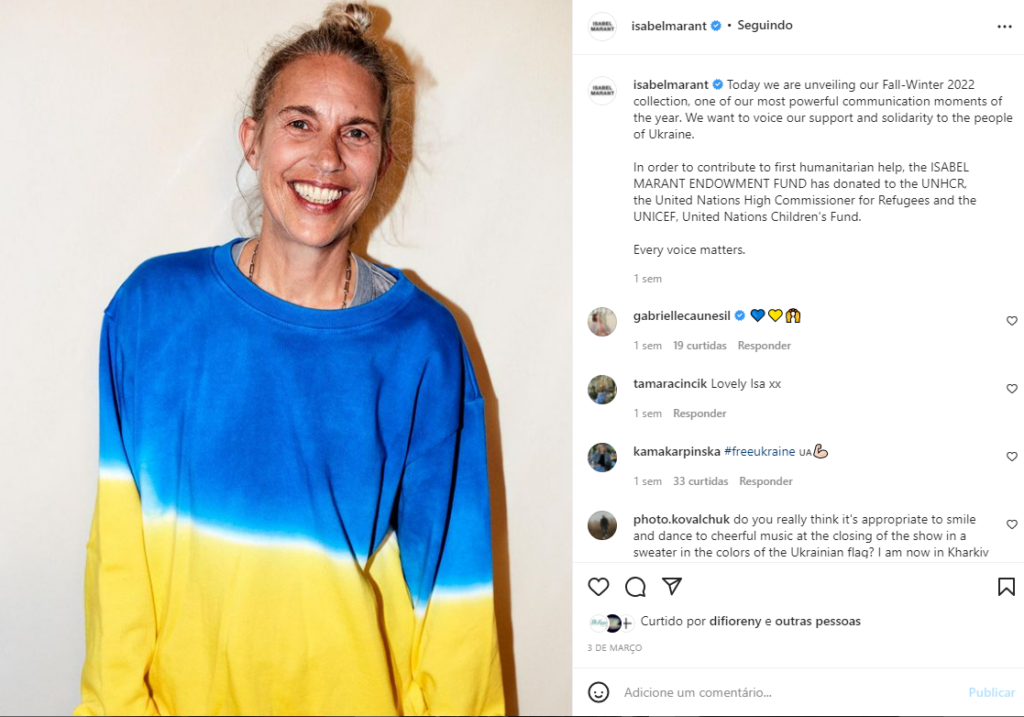
Balenciaga
One of the highlights of these protests was Balenciaga. The designer Demna Gvasalia sent “a heartfelt message to Ukraine at the Balenciaga Fall/Winter 2022 show in Paris.”
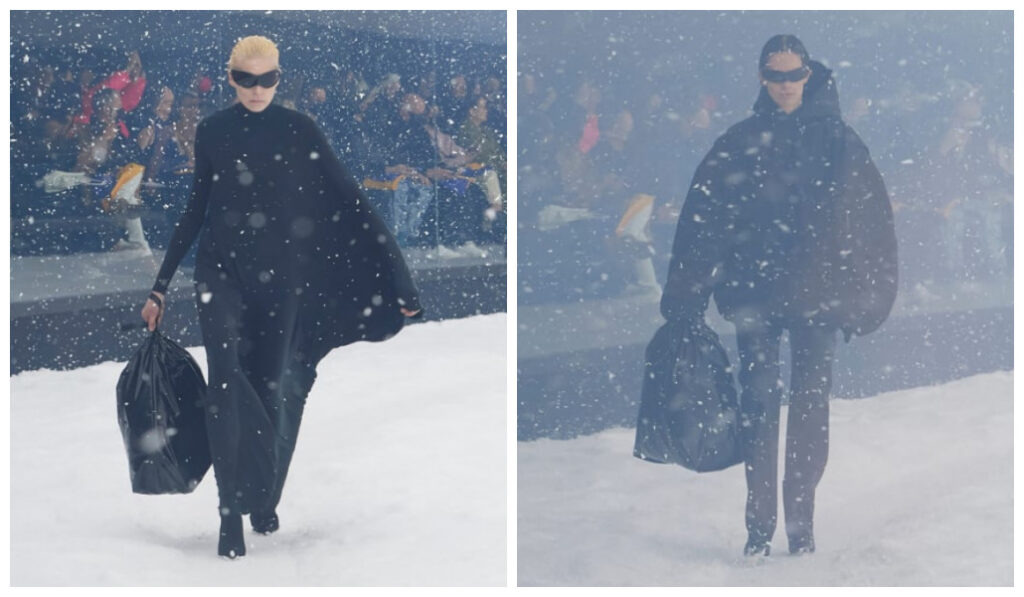
“It’s only innocent people who die in war. I’ve experienced that and actually blocked it out for 30 years until I started reading the news last week. It brought all this pain back, like anyone who has gone through that,” Demna said.
Although the collection was designed before the start of the War, it was hard not to imagine similarities to this set. As said by The New York Times:
“In a cold, dark airplane hangar on the edge of Paris, (…) Demna, the mononymic designer of Balenciaga who had fled Georgia as a 12-year-old during that country’s civil war, built an enormous snow globe and let lose a storm.”
Moscow designer Valentin Yudashkin
As said before, the war directly impacts fashion weeks and brands. Russian designer Valentin Yudashkin’s online show was excluded from the Paris Fashion Week. According to the Fédération de la Haute Couture et de la Mode, the decision was an emergency measure due the brand’s silence on Ukraine.
‘We have a firm stance against the initiative taken by the president of the Russian Federation. We have nothing against Russian [people], but we will not support or accept to have in our calendar those who support his position,’ Ralph Toledano told WWD.
Fashion has always walked side by side with politics. Without apathy, the industry and its agents used clothes and events to position themselves. Check out our article on Feminism & Subversive Clothing!
